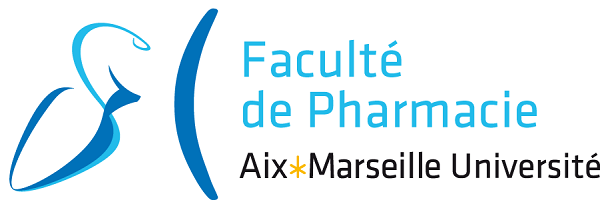A how-to guide through the physicochemical and biological methods for the development of polymeric drug delivery systems: Antimalarial vectors as study case
Un guide pratique sur les méthodes physicochimiques et biologiques pour le développement de systèmes d'administration de médicaments polymères : les vecteurs antipaludiques comme étude de cas
Résumé
Macromolecular drug delivery systems are engineered nanotechnologies used for the targeted delivery and controlled release of therapeutic agents to a specific biologic target, a rapidly growing need in the age of tailor-made therapeutic treatments. The rise of drug delivery systems stems from their ability to solve the pharmacological issues that often impede the drug development process. The aim of this review is to provide a detailed how-to guide through the early stages of the discovery of new drug-loaded nanocarriers. From their synthesis to their biological evaluations, their development requires multidisciplinary knowledge of chemistry, physics, and biology and involves mastering leading-edge technological equipment. The essential steps and techniques are thus described and discussed in the context of the preparation, physicochemical characterization, and biological study of polymeric drug delivery systems. This guide is intended as a comprehensive and didactic resource to assist (bio)chemists, (bio)physicists, and biologists, as well as beginners, in their work and discussions on polymeric nanocarriers. Although this review addresses general themes applicable to all polymeric nanocarriers, the implementation of these different physicochemical and biological strategies is highlighted through the concrete case of antimalarial-drug vectorization
| Origine | Publication financée par une institution |
|---|---|
| licence |




